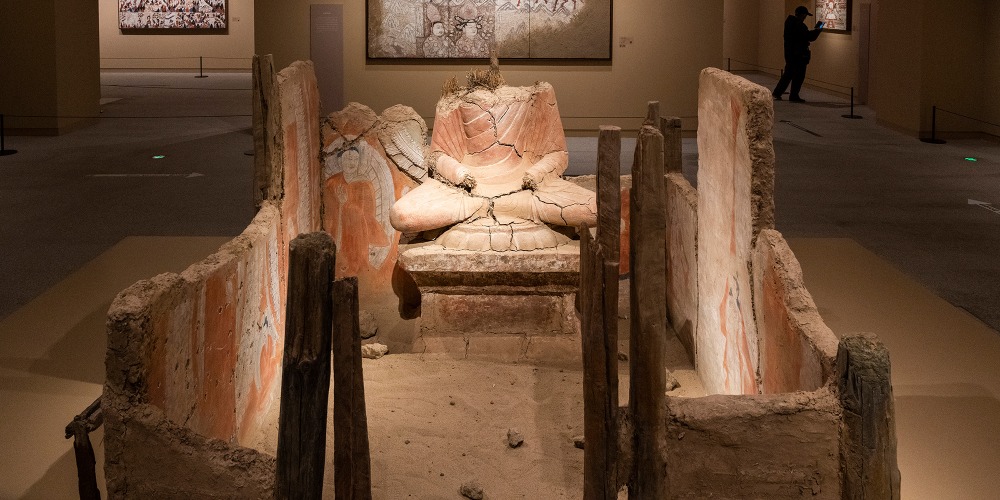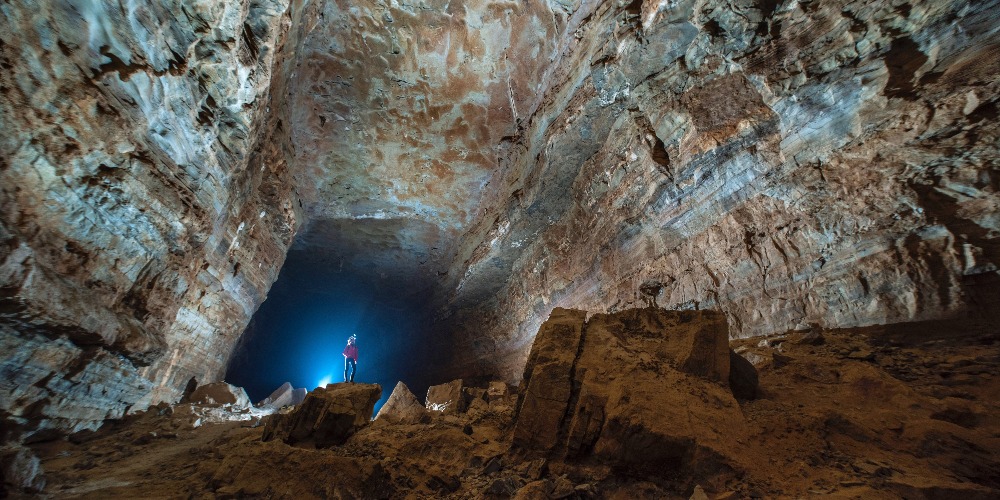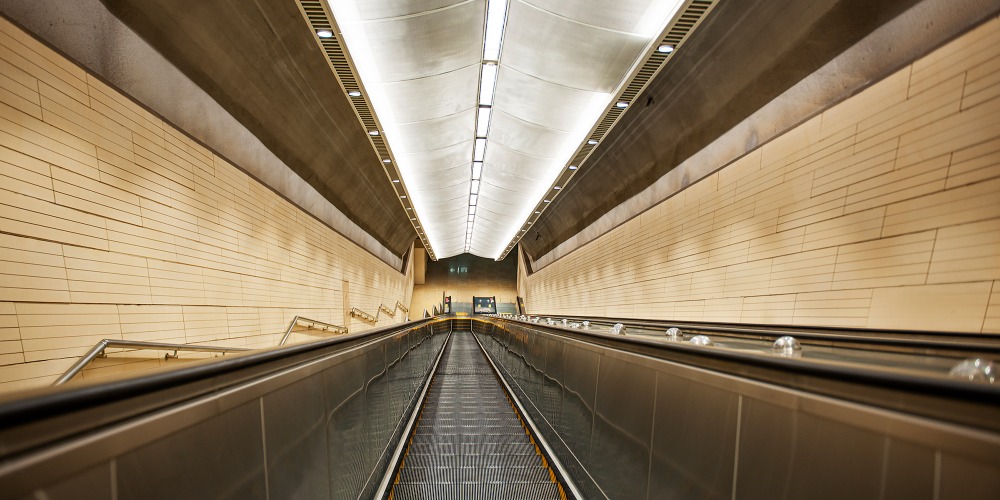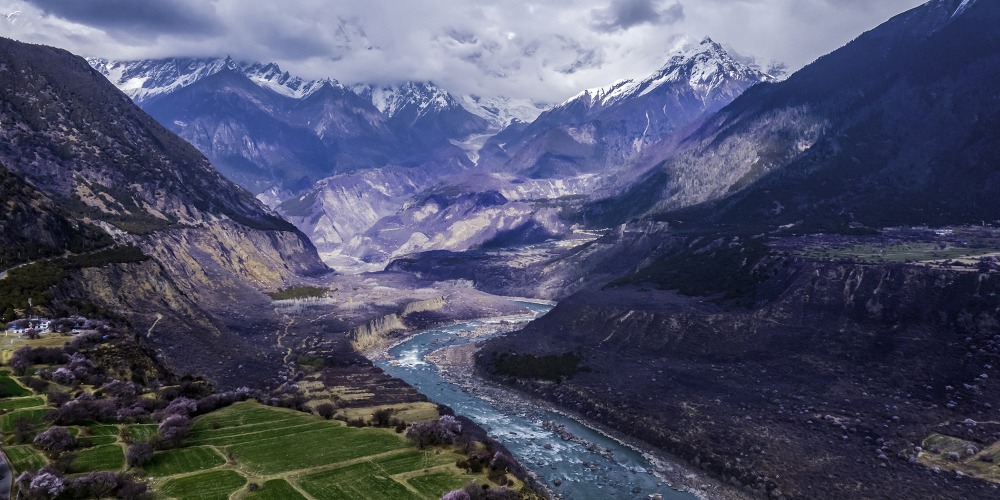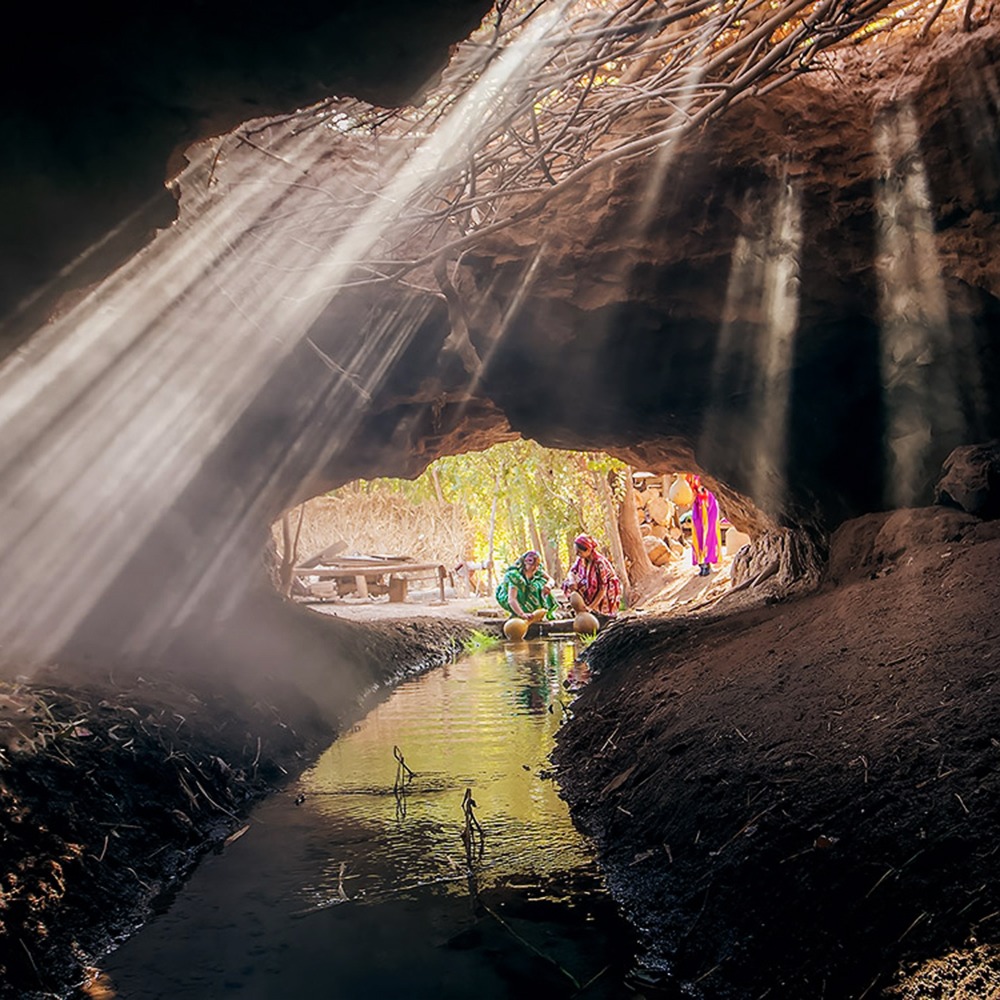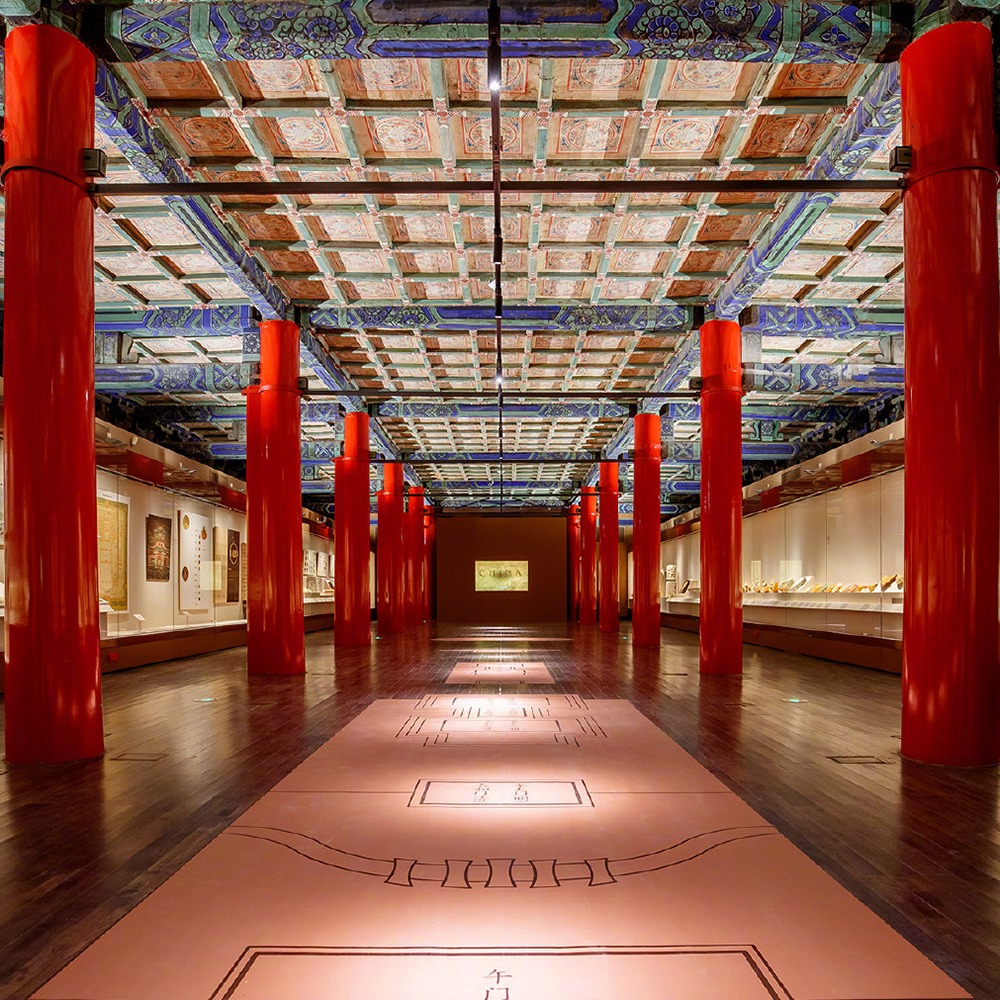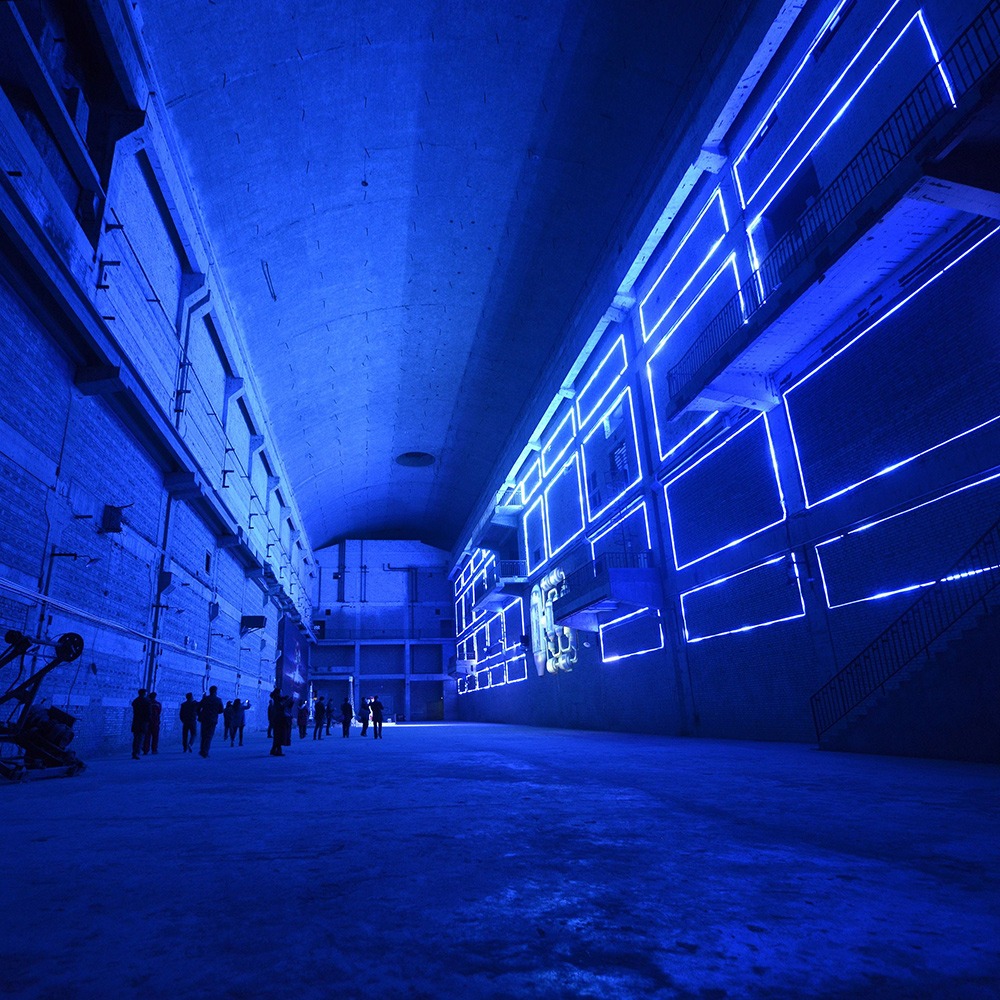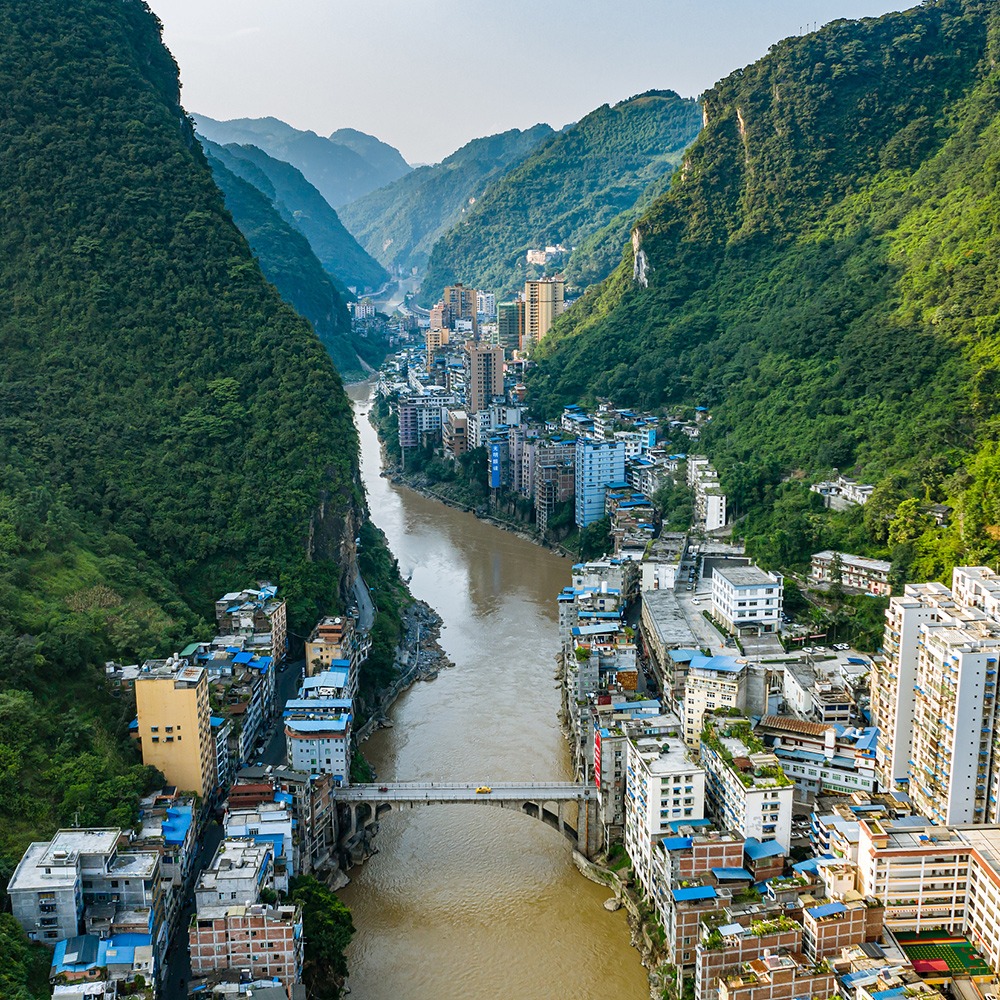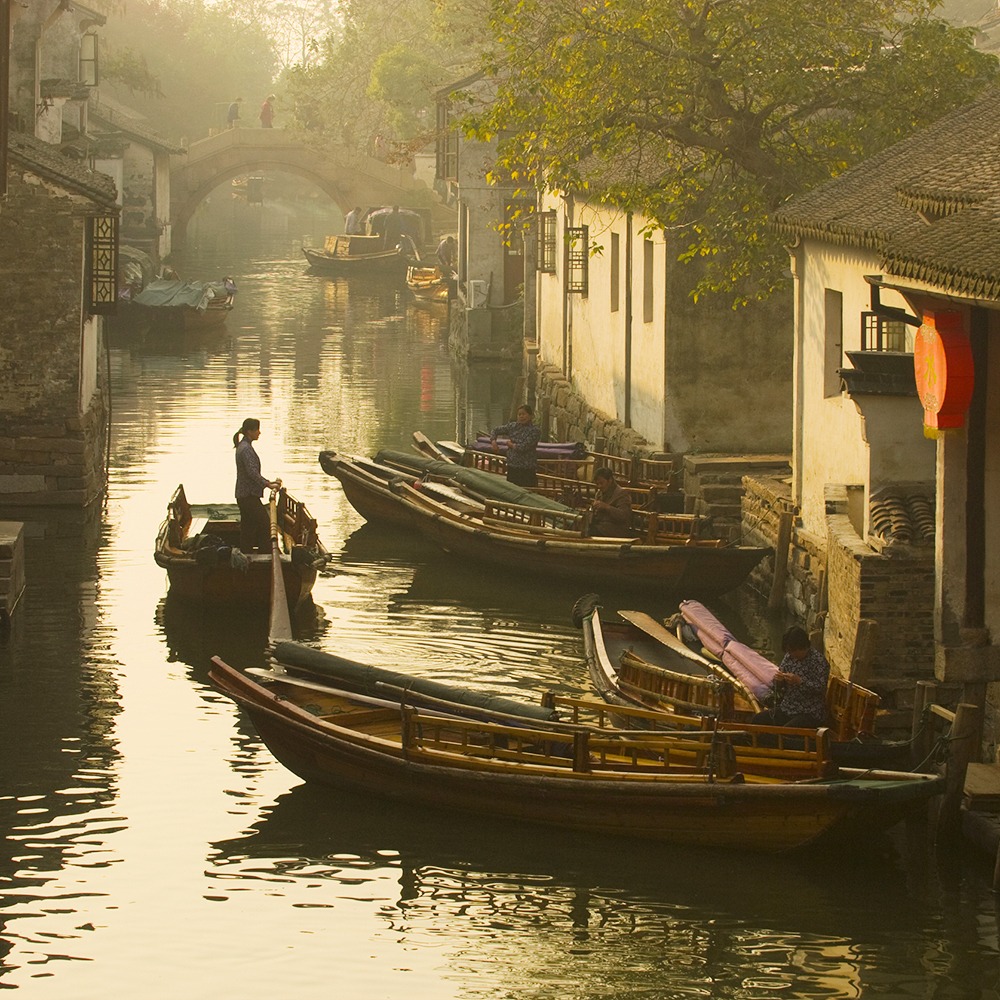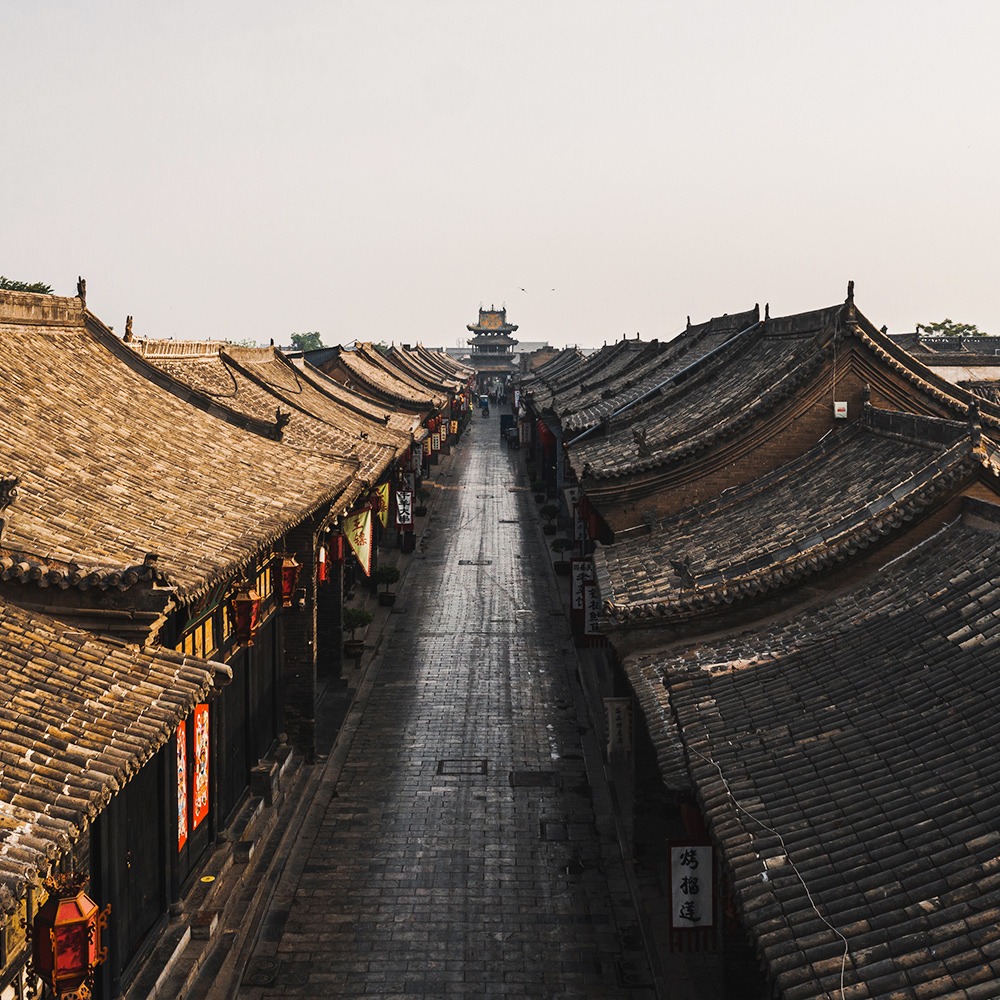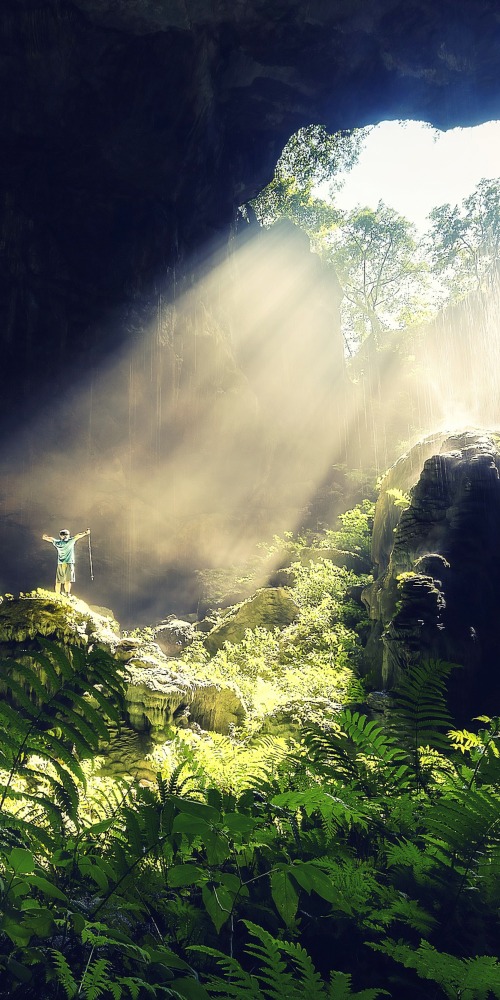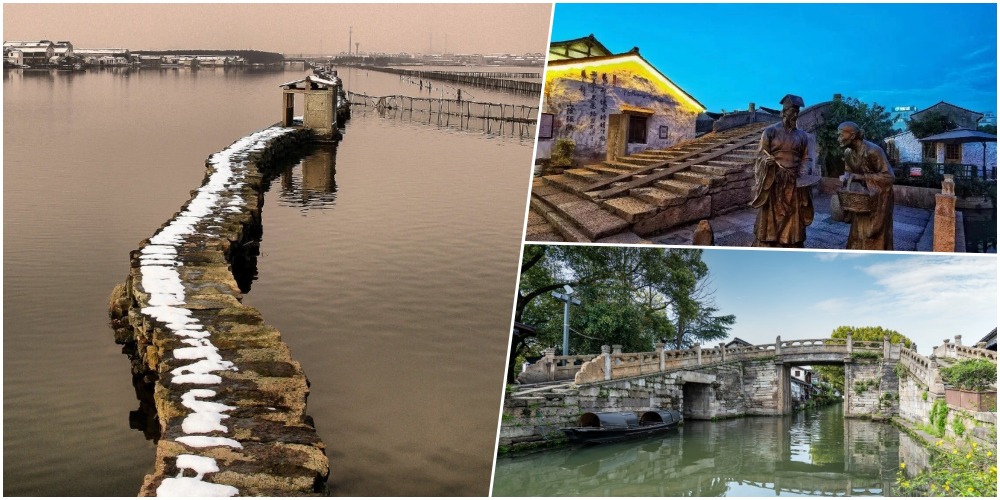Published : 2024-10-07
In 2002, a shepherd stumbled upon the remains of a Buddhist temple in China's desert. The temple covered only about 4 square metres, which makes it the smallest ancient Buddhist temple discovered in the world so far.
What's the story of this extremely small temple?
A shepherd discovered the smallest Buddhist temple
Adama Ditch (達瑪溝), located 30 kilometres east of Cele County in Hotan (和田策勒縣), gets its name from the Sanskrit word for Adama.
In the 6th century AD, it belonged to Khotan, an ancient Buddhist kingdom. The world's smallest ancient Buddhist temple was discovered here.
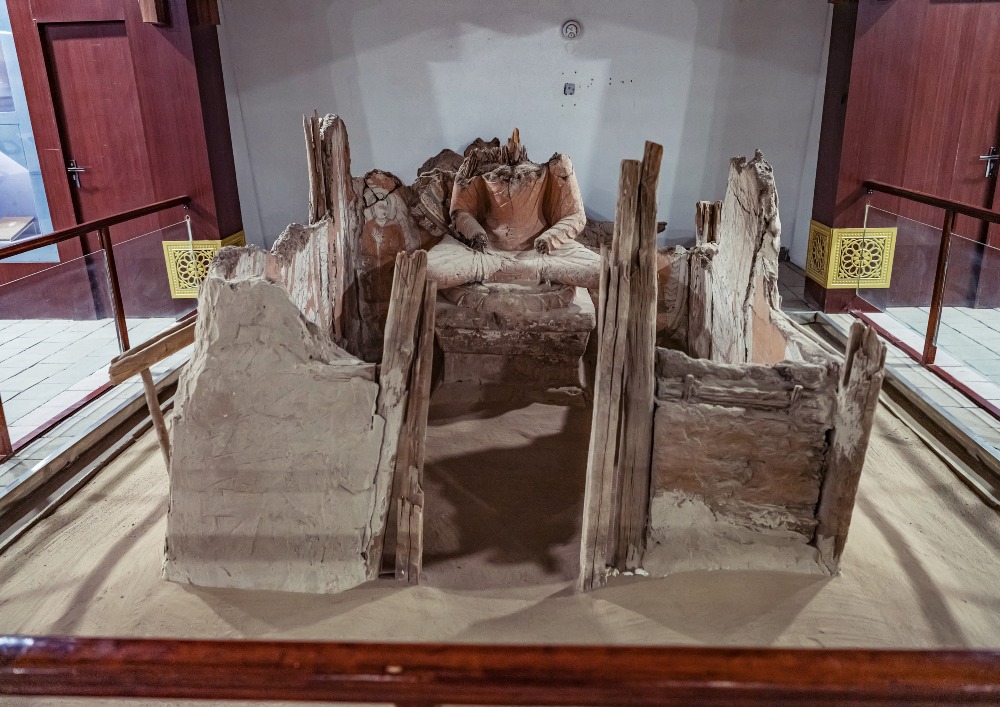
In 2002, a shepherd from Adama Ditch was digging red willow roots in the desert for firewood, and he found a damaged Buddha statue in a place called Toprukdun (托普魯克墩).
Between September and October of the same year, archaeologists conducted a salvage excavation at the site, discovering a small Buddhist temple that they named Toprukdun No.1.
Later, they also found No.2 and No.3 Buddhist temples nearby, which are now known as the Adama ditch Buddhist Cultural Heritage cluster.
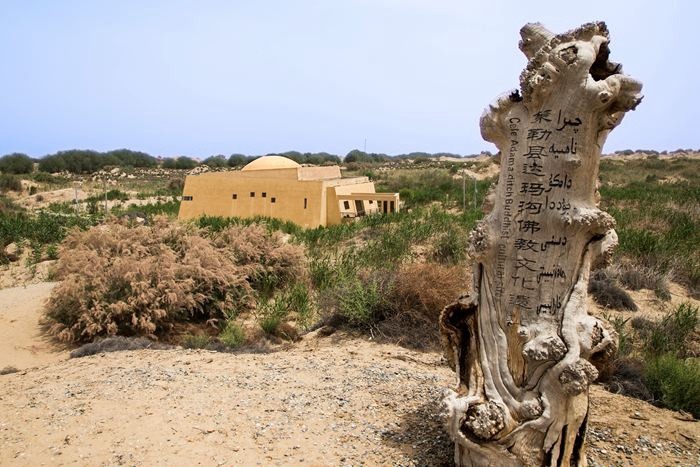
What relics did the smallest temple leave?
Such miniature Buddhist temple is quite rare in Xinjiang. Temple No.1 was built during the Southern and Northern Dynasties (420-589) when Buddhism was prosperous. It only covers about 4 square metres, making it the smallest Buddhist temple discovered in China and even in the world during the medieval period.
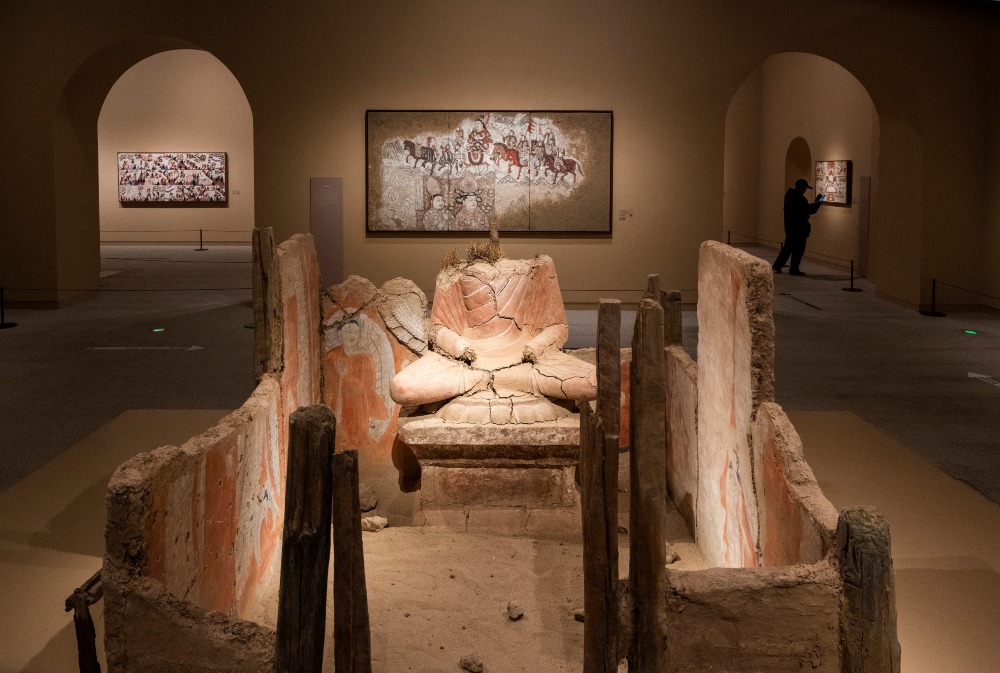
The main Buddha statue in the temple is attached to the north wall. Its head and hands are missing.
Believed to be created during the Northern Wei Dynasty (386-534), the statue is about 1.4 metres tall, sitting on a lotus platform with flowing robes, featuring a typical style of early Western Buddhist art.
There are beautiful murals on the walls of the hall, with rounded and plump figures. Experts believe that this reflects the artistic features of the middle and late Tang Dynasty (618-907).
So, they speculate that this might be a temple where the Buddha statue was made first, followed by the construction of the hall.
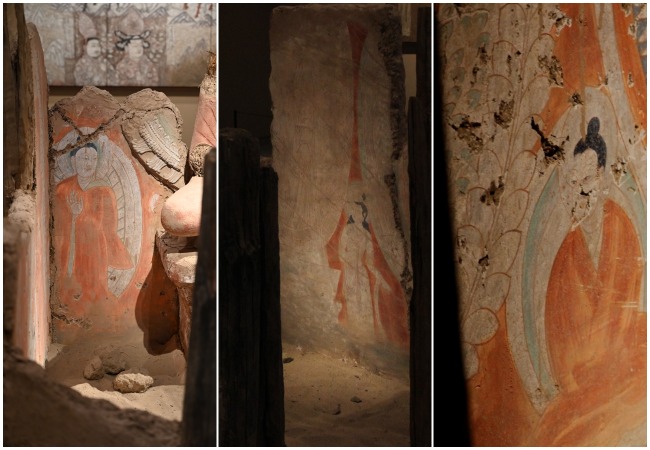
In addition to the smallest Buddhist temple, the Buddhist heritage museum also displays about 108 cultural relics and murals excavated nearby, including the Thousand-Buddha mural and the Thousand-hand Guanyin, allowing people to imagine the grandeur of ancient Khotan Kingdom.
Read more: What are the mysteries of the Leshan Giant Buddha, the world's largest rock-cut statue?
